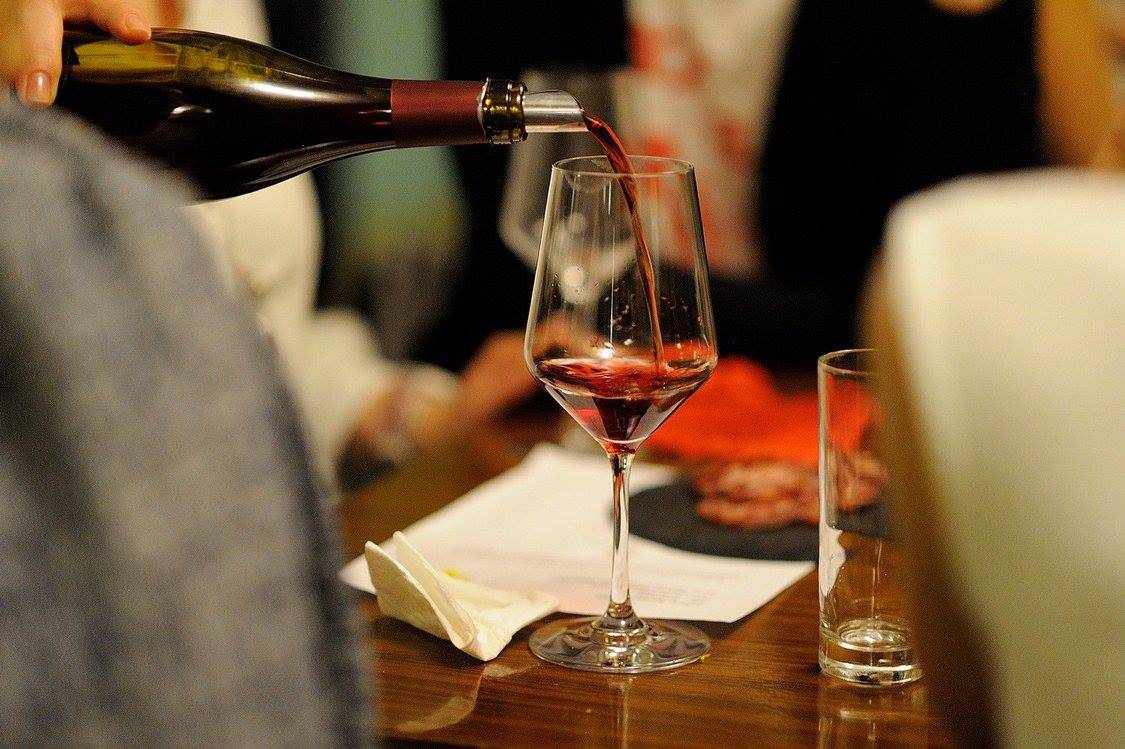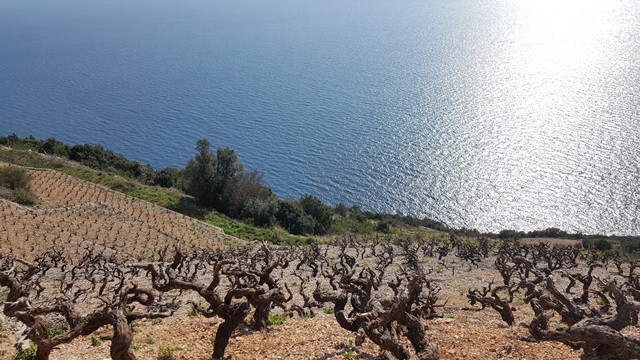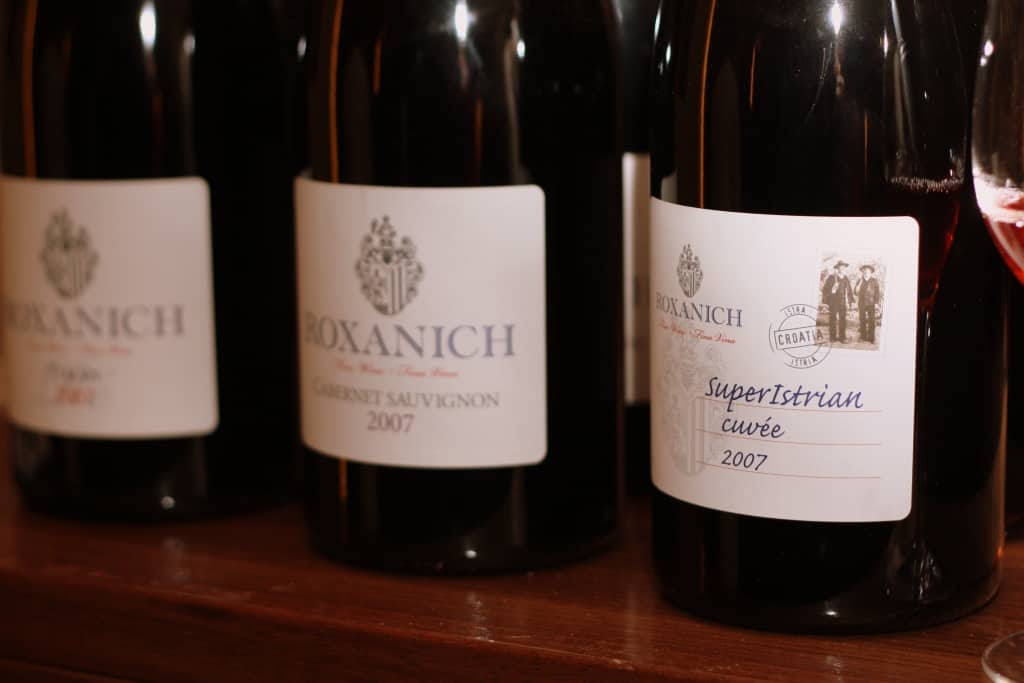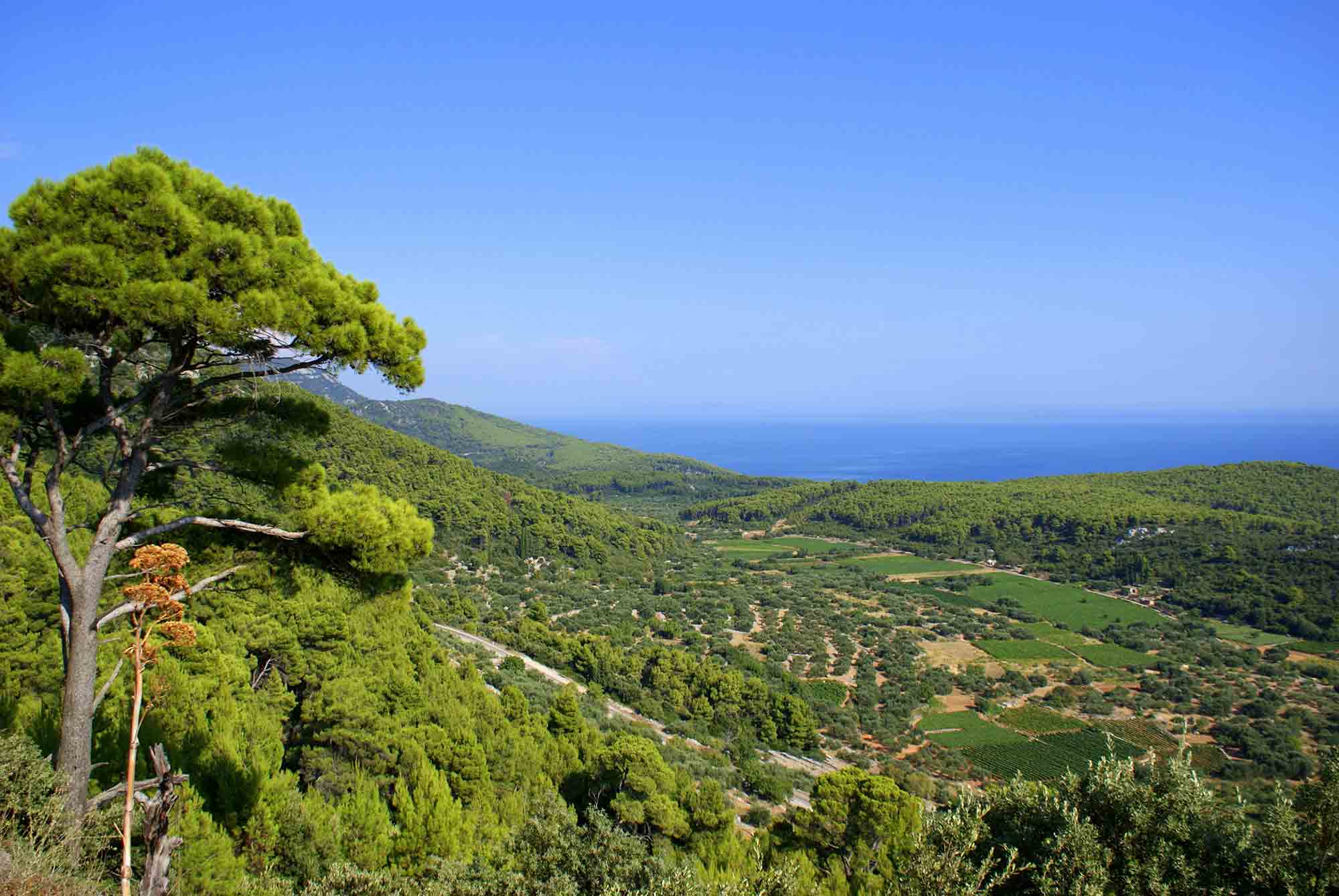Croatian Varieties vs International Wine Varieties
Funny names, ha? Well, if that is the only reason you get shopping crazy over wine labels with big printed Chardonnay letters instead over some native grapes, the joke’s on you. Behold, this is what thou are missing.

We know you must be feeling very classy swirling some chardonnay in your glass, sipping its buttery and overoaked alcoholic fume. A fair share of those, wine types and wine drinkers we have here in Croatia.
Sure, we proved that we can make them chardonnays authentic and terroir-driven in order to resemble the most vicious Chablis you have ever tasted or bought only to admit yourself later you should rather purchase a case of generic Chard in the nearest supermarket instead of that overpriced bottle.
But do you know what will really make you look all smart and sassy? To pick an indigenous grape variety. Imagine how clever you can pretend to be if only you learn how to pronounce „Graševina“. Grahsh-ah-vee-nah ! Suck on it.
This is now the official first name for Welschriesling.
Check it out in Jancis Robinson`s Wine Atlas. From now on you too can recognize what the world already did.
Graševina has no resemblance to Riesling whatsoever. In Croatia, it does what a good Chardonnay does to a roast turkey. Makes you thirsty for more of its succulent, aromatic and opulent juice. Unpretentious, it could be found for a fair price as a balanced and easy-going refreshment. On the expensive side, it could get you wondering is this stuff really this good as it feels.

And what about reds?
How can any of this Croatian stuff even compare to a refined Sangiovese, especially in super blends with dominant Bordeaux varieties!?! Sure as hell, you haven`t heard of Plavac Mali yet. It could be useful to describe this variety as an unwanted love child of Portuguese Baga and Primitivo from Puglia, but since You had none of those either, it is pointless.
Anyhow, beware of tannins, give them time to mellow and observe the wonder. The wonderful part, of course, is Dalmatian, since both Italian Sangiovese and Dalmatian Plavac Mali are so very Mediterranean in aromatic expression.
Plenty of sun, sea, and seks (the way we say the word „sex“ here). Oh yes, not to forget… Plah-vahtsMah-lee
Boy, does it just flows over your tongue… Nope. It does not. Just like the wine does not. But once You tune into the right frequency, we will make a Plavac slut out of You irreversibly.
Perhaps You are a Sauvignon Blanc lover?
You compare Silex soil of Pouilly Fume with Sancerre on every other Tuesday and refuse to try anything with insufficient acids and over 12,5% alcohol? You might wanna relax because we have a sipper for you as well. Famous Istrian Malvasia comes in many shapes and sizes. Most enjoyed face of Malvasia Istarska though (Mal-vahz-ee-yah Ih-star-skah) is the one with elderflower, lemongrass, and acacia flower. Enjoyed as an aperitif or entry course wine it could get much more affordable even in most devoted examples of winemaking.

In case you like your reds to be fruity, hearty and refreshing enough to clean your palate after all the good greasy and fatty stuff we all enjoy for holidays, seek no more. Teh-rahn it is!
Teran is beautiful in its youth and even better with age. It gets irony from the Istrian iron-rich soil and is a member of Refosco family of grapes. Imagine Refosco dal peduncolorosso with less alcohol and more of this mineral taste as if you are licking blood, Yep, irony. If you are lucky. But it could also be very fruit-forward like some very affordable Teroldego for example.
Anyhow, if you think of roast or game meat, we think of Teran.
Did You know?
For the time it took you to read this article, you could have at least two glasses of Graševina, Malvazija, Plavac Mali or Teran. You choose!
Živjeli by vinopija



















